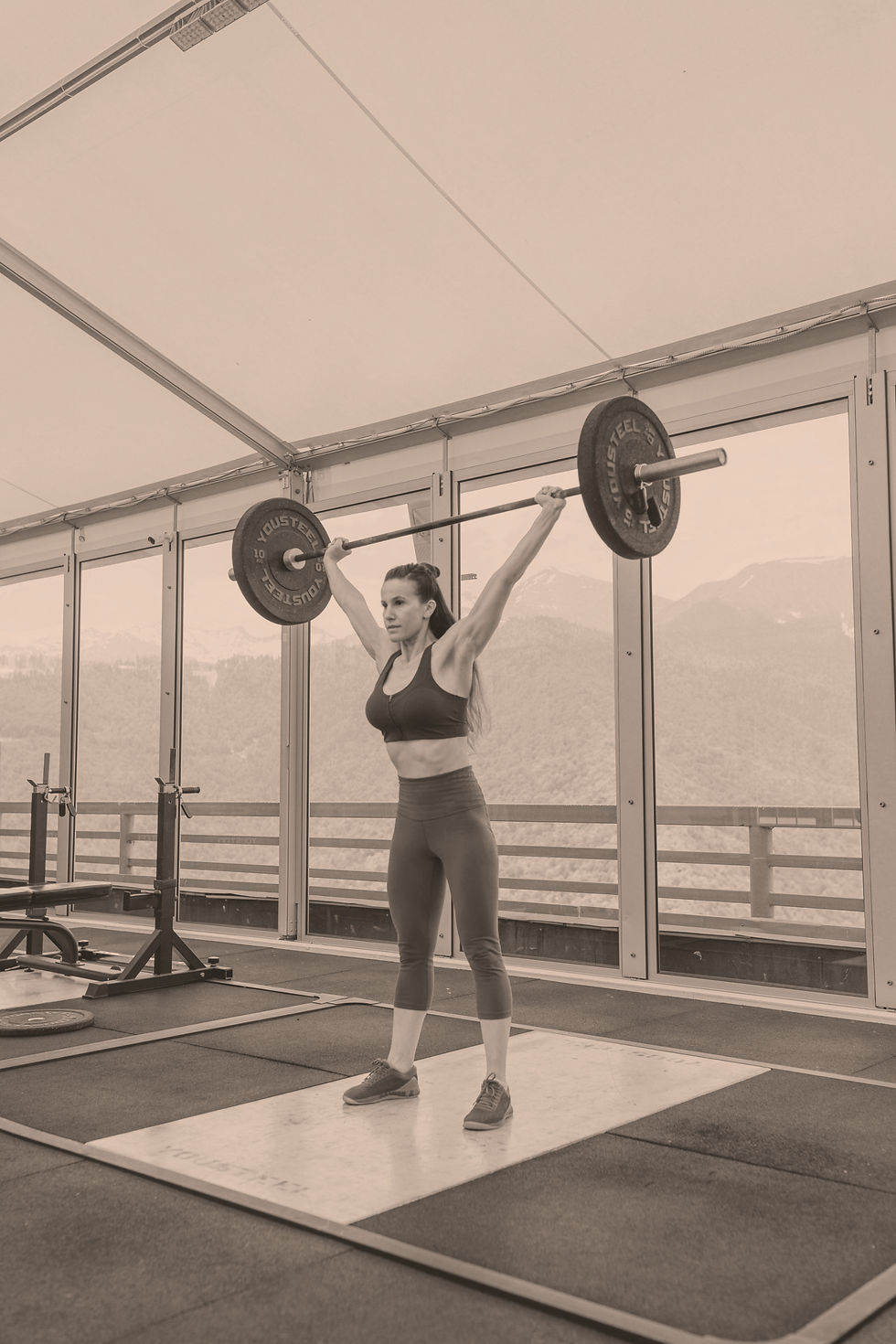There's No Such Thing As A Warm-Up
- Coach Dave

- Mar 26, 2024
- 2 min read
Updated: Sep 29, 2024
In the realm of athletic performance, the warm-up often gets relegated to a mere precursor to the main event. However, it is far more than a preliminary routine; it's a vital element of their training regimen. It's high time we dispelled the notion of a warm-up as a separate entity from the workout itself. Instead, let's champion the concept of the integrated warm-up, recognizing its pivotal role in optimizing performance and mitigating injury risks for masters athletes.
An effective warm-up is not a standalone activity but an integrated part of the training session, seamlessly interwoven into the fabric of the workout. It serves manifold purposes, including priming the body for exercise, boosting heart rate and blood flow to muscles, enhancing flexibility and mobility, and mentally preparing the athlete for the physical demands ahead. For masters athletes, whose bodies may require more attention and care due to aging, these benefits hold particular significance.
An efficient and effective dynamic warm-up serves to mobilize soft tissues, improve motor skills, activate key stabilizers, refine movement patterns, and wake up the central nervous system. It's a multifaceted approach that addresses various physiological and biomechanical aspects of performance preparation.
So, what comprises an effective warm-up regimen for masters athletes? Firstly, it should commence with a general cardiovascular activity such as brisk walking, cycling, light jogging or skipping. This kickstarts the heart rate, elevates body temperature, and primes the cardiovascular system for more strenuous exercise.
Next, dynamic stretching and mobility exercises should be integrated to improve joint range of motion and flexibility. These movements, mirroring the actions of the impending workout, target major muscle groups and aid in joint lubrication and muscle activation. Dynamic stretches like leg swings, arm circles, and hip rotations prepare the body for movement.
Moreover, the warm-up should incorporate prehabilitation (prehab) exercises aimed at preventing injuries by strengthening muscles and correcting imbalances. For masters athletes, who may contend with age-related musculoskeletal changes, prehab exercises play a pivotal role in fortifying vulnerable areas and enhancing functional movement patterns.
Neglecting or hastily rushing through the warm-up phase can have dire consequences, especially for masters athletes. Inadequate preparation heightens the risk of injury, as cold, stiff muscles are more prone to strains and tears. Furthermore, a lack of warm-up can impair performance, as the body isn't adequately primed to meet the workout demands, resulting in subpar results.
In conclusion, for masters athletes committed to maintaining peak performance and longevity in their athletic pursuits, the warm-up is indispensable. By embracing the integrated warm-up concept and incorporating prehab exercises, masters athletes can optimize performance, minimize injury risks, and continue to excel in their athletic endeavours for years to come. Remember, the warm-up isn't an addendum to the workout—it's an integral part of the journey toward sustained fitness and well-being.
If you are eager to explore how working with a strength and conditioning coach can help transform your performance contact Coach Dave at +61426205277 or dave@masterscoaching.com.au




Comments